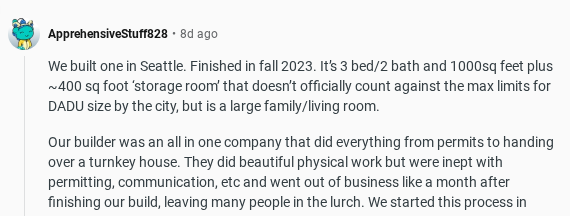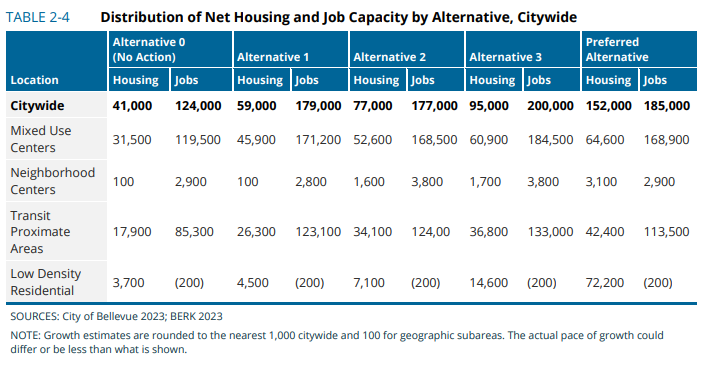On the agenda at yesterday’s BSD public hearing and school board meeting was a consideration of binding conditions due to our shortfall in the 2024-2025 school year, which the school board voted for unanimously. With a $5.9M gap, it is estimated that this will take three school years to fully resolve. The annual budget for 2024-2025 was $432.7M.
Bellevue had already been having tough conversations with the community and previously announced steps to reduce costs by staggering busing schedules and letting a number of assistant principals, central office administrators, teachers, and mental health counselors go. On May 15th, the board also voted to approve a $13M interfund loan.*
Next year, Bellevue will be allowed to levy $500 more per student** as “inflation enhancement” as a result of House Bill 2049, and there will also be an increase in special education funding (possibly $1.3M), which was one of the areas Bellevue’s costs exceeded expectations. Bellevue may get $600k more for MSOC (materials and supplies) because of SB 5192.
We won’t be getting transportation safety net funding next year, which had been $859k in this year’s budget. There was also some difficulty matching staffing levels to the number of students (the Internal FTE Rollup, which staffing was based on, was higher than actual enrollment, so staffing was 1.4% too high). The continued uncertainty around enrollment is cited as a future risk as well, though at least enrollment is trending up.***
See the coverage in Seattle Times and excerpts in the Seattle School Blog . There was also a $70M apportionment shortfall that seems to have affected schools statewide in May and June, pushing payments to July, but that is not being pointed to as the reason that nine school districts are going into binding conditions this year (I imagine this didn’t make the situation better, though!).
(more…)
